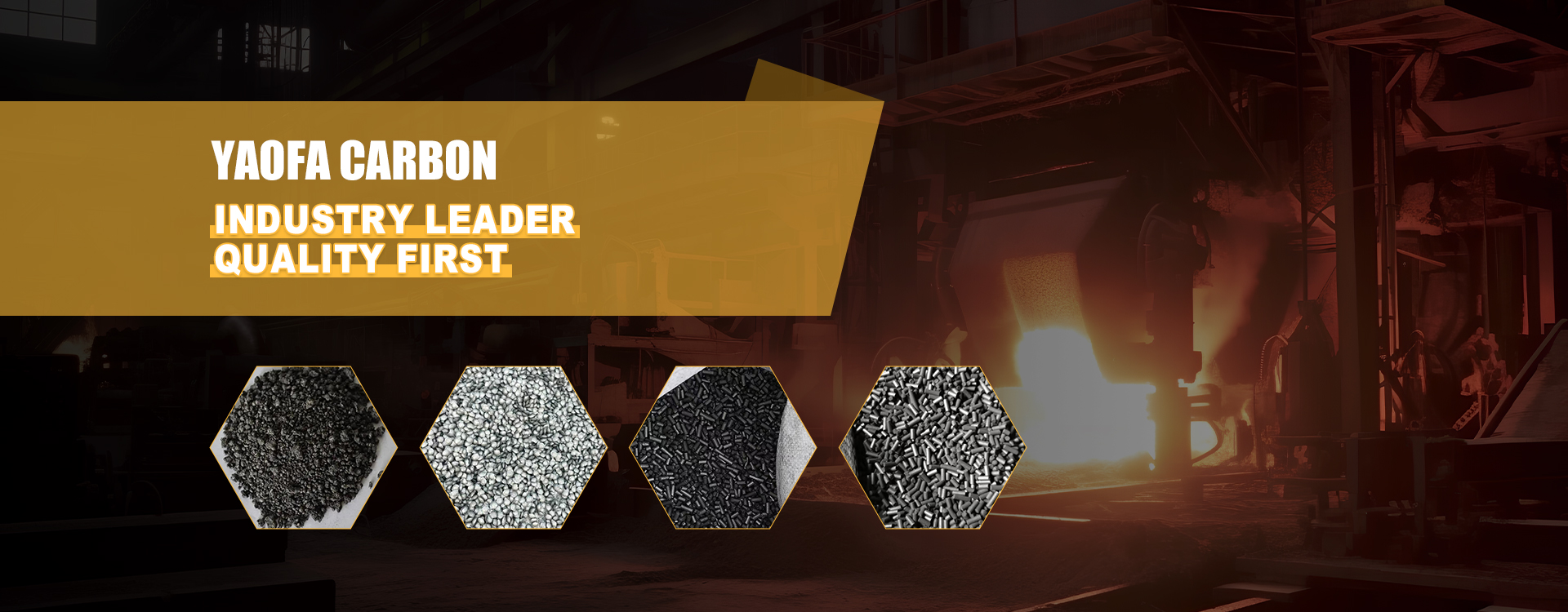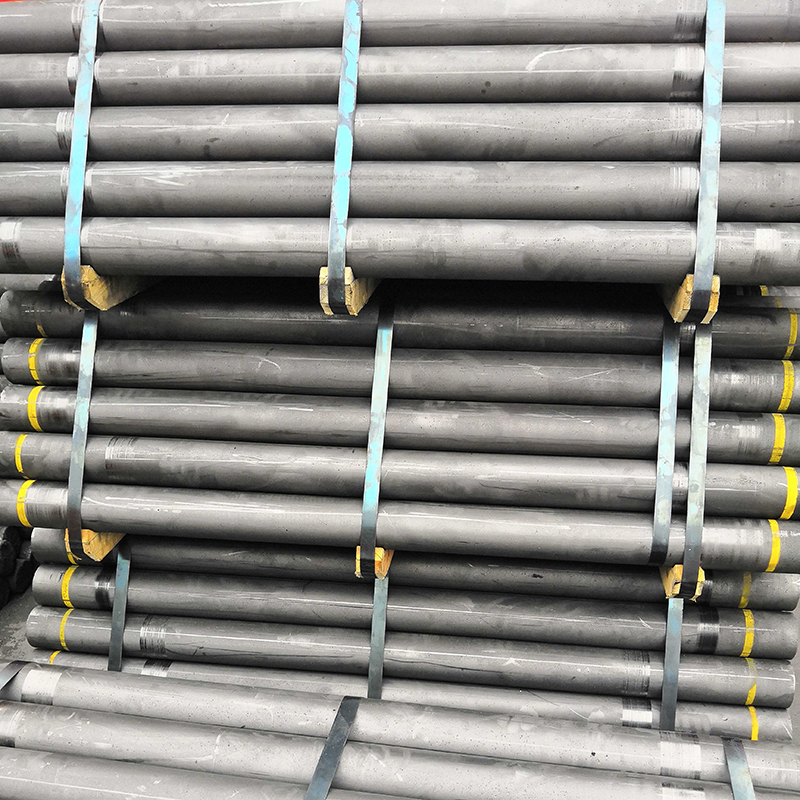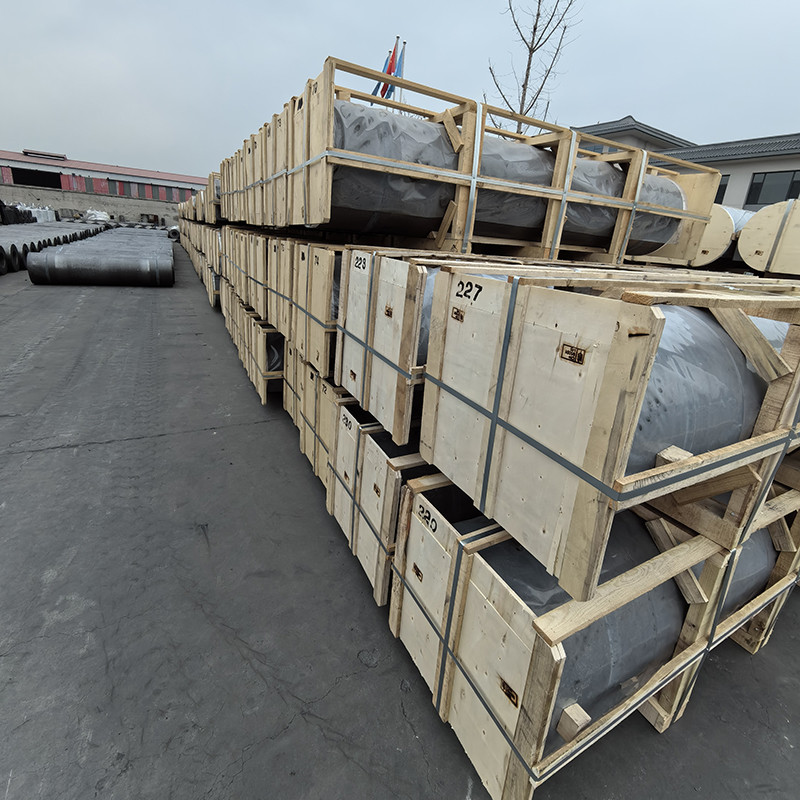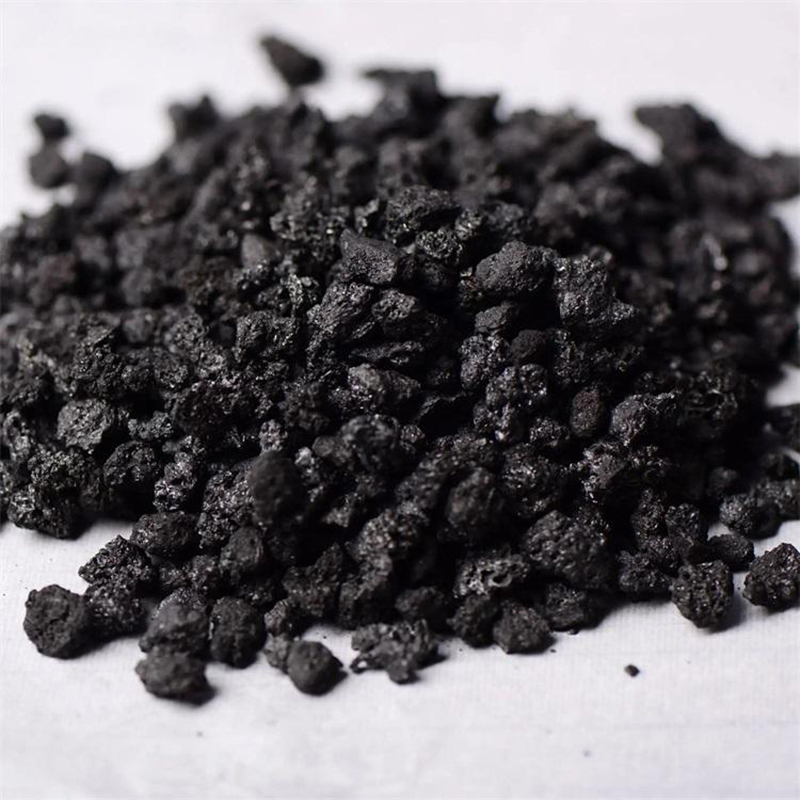- Chinese
- French
- German
- Portuguese
- Spanish
- Russian
- Japanese
- Korean
- Arabic
- Irish
- Greek
- Turkish
- Italian
- Danish
- Romanian
- Indonesian
- Czech
- Afrikaans
- Swedish
- Polish
- Basque
- Catalan
- Esperanto
- Hindi
- Lao
- Albanian
- Amharic
- Armenian
- Azerbaijani
- Belarusian
- Bengali
- Bosnian
- Bulgarian
- Cebuano
- Chichewa
- Corsican
- Croatian
- Dutch
- Estonian
- Filipino
- Finnish
- Frisian
- Galician
- Georgian
- Gujarati
- Haitian
- Hausa
- Hawaiian
- Hebrew
- Hmong
- Hungarian
- Icelandic
- Igbo
- Javanese
- Kannada
- Kazakh
- Khmer
- Kurdish
- Kyrgyz
- Latin
- Latvian
- Lithuanian
- Luxembou..
- Macedonian
- Malagasy
- Malay
- Malayalam
- Maltese
- Maori
- Marathi
- Mongolian
- Burmese
- Nepali
- Norwegian
- Pashto
- Persian
- Punjabi
- Serbian
- Sesotho
- Sinhala
- Slovak
- Slovenian
- Somali
- Samoan
- Scots Gaelic
- Shona
- Sindhi
- Sundanese
- Swahili
- Tajik
- Tamil
- Telugu
- Thai
- Ukrainian
- Urdu
- Uzbek
- Vietnamese
- Welsh
- Xhosa
- Yiddish
- Yoruba
- Zulu
- Kinyarwanda
- Tatar
- Oriya
- Turkmen
- Uyghur

Graphite electrode manufacturer factory
Understanding the World of Graphite Electrode Manufacturers
Graphite electrode manufacturing isn't merely a realm of industrial output—it's a complex and nuanced industry that demands a deep grasp of both materials science and market dynamics. Too often, it's easy to assume that one can simply produce these electrodes without much forethought. However, this field entails more than meets the eye, guided by intricate processes and a necessity for precision. Having dabbled in this industry, I've come to appreciate both the craftsmanship and the strategic consideration involved.
The Manufacturing Fundamentals
The heart of any graphite electrode manufacturer factory lies in understanding the raw materials and their transformation. For instance, carbon source quality—usually petroleum coke or needle coke—directly influences the electrode's performance. In places like Hebei Yaofa Carbon Co., Ltd., where technology meets experience with over two decades of expertise, the choice of material isn't taken lightly. They focus on creating carbon additives (CPC and GPC) to yield high-performance electrodes.
This is where process control comes into play. At every stage, from calcining to graphitization, precise temperature management is crucial. Even minor deviations can lead to defects, affecting conductivity and structural integrity. I've seen firsthand how experienced technicians rely on both intuition and data to make critical adjustments. It's a dance between old-school skill and new-world tech.
Moreover, in facilities such as those operated by Hebei Yaofa Carbon Co., Ltd., the emphasis isn't just on the electrodes themselves. They also produce UHP/HP/RP grade electrodes, tailored to various applications from arc furnaces in steelmaking to smelting non-ferrous metals.
Navigating Production Challenges
Challenges are inevitable, and the spectrum is wide. Quality control remains a persistent puzzle, where each batch might present unique hurdles. In my experience, rigorous testing is non-negotiable. High-performance electrodes undergo various inspections, ensuring they meet strict industry standards for resistivity and mechanical strength.
One memorable case involved a batch that seemed impeccable yet faltered during a client's stress test. It underscored the lesson that real-world application always has the final say. The team at Hebei Yaofa Carbon Co., Ltd., found that raw material variation, albeit subtle, had compounded during production.
Doing so involves balancing cost-efficiency with performance optimization. For instance, recycling used electrodes back into the production cycle can be both resourceful and economical, though it requires delicate handling to maintain quality.
Emphasizing Innovation and Adaptation
Innovation within a graphite electrode manufacturer factory isn't just a buzzword—it’s critical for survival. Advanced technologies like AI and machine learning are making waves, providing predictive analytics on electrode performance and lifecycle. It's not just about producing more but producing smarter.
Hebei Yaofa Carbon Co., Ltd., like many forward-thinking manufacturers, embraces these technologies. Their website, https://www.yaofatansu.com, showcases their commitment to integrating new technologies and enhancing product offerings. It's this drive that keeps them at the forefront of the industry in China.
This adaptability also pertains to market shifts. The demand for eco-friendly and sustainable production methods is growing, compelling factories to innovate in reducing environmental impact while maintaining product quality.
Looking Ahead: Market Trends and Expectations
The market for graphite electrodes is evolving, shaped by global shifts such as the decarbonization of the steel industry and the rise of electric vehicles. These trends point toward an increased demand for efficient and sustainable electrode production.
Manufacturers must not only meet this demand but anticipate it. It’s about understanding the broader energy landscape and adjusting strategies accordingly. For Hebei Yaofa Carbon Co., Ltd., with their extensive experience, navigating such changes involves leveraging their expertise and enhancing their R&D capabilities.
In conclusion, being part of the graphite electrode manufacturing realm is as much about learning as it is about producing. Each challenge offers a lesson, and every success builds toward a smarter, more resilient future in this vibrant industry.
Related products
Related products













